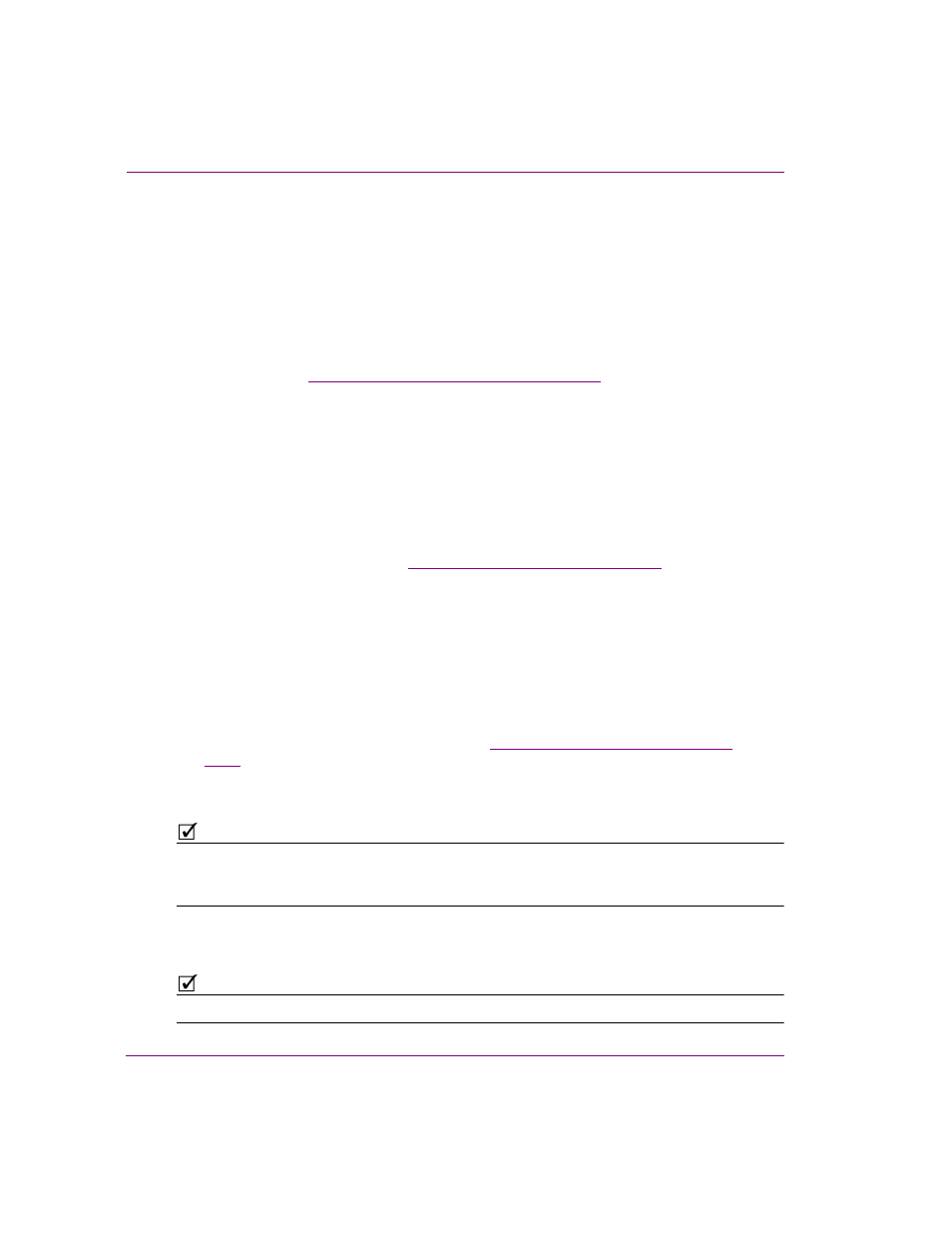Assigning an action to an object, Assigning an action to an object -12 – Grass Valley Xstudio Vertigo Suite v.4.10 User Manual
Page 277

10-12
Xstudio User Manual
Adding logic to control objects
Assigning an action to an object
Actions can only be assigned to objects on the control side.
To assign an action:
1.
Click the Control tab.
Actions can only be assigned to objects on the control side.
2.
Select an object on the canvas.
The available events for that object are displayed in the Events panel on the Action
Editor table (see
“Using the object’s default events” on page 10-6
for the description of
each event).
3.
Select the event from the Events panel that you want to add one or more actions to.
4.
Assign the action to the event by selecting an action from the Action column’s drop-
down list and clicking the Add Action button.
Selecting an action makes the following things happen in the Action Editor:
• Another row is added below the one currently being worked on. This allows
you to easily add other actions to the event.
• If anything other than C
USTOM
was selected as the action, the Action
Parameter fields specific to the type of action you have selected are displayed
(if C
USTOM
“Creating custom actions” on page 10-13
For example, if you have selected S
ET
T
EXT
as your action you would need to
indicate where the text comes from, where it is supposed to display, and
whether there are any conditions or comments. These fields remain displayed
as long as you are working on the action.
5.
If a condition exists for the action, enter it in the C
ONDITION
column (your cursor
automatically goes there after you have selected an action).
For example, if you were displaying sports scores you could have a box display around
the winning team’s name by setting conditions that make the box visible only when
team X’s score is higher than team Y’s, and vice versa.
For a listing of conditions and their syntax, see
“Using the Expression Builder” on page
.
If including a control or scene object in your condition, be sure to prefix it with Control:
or Scene: respectively, e.g. Control:Textbox1 > Control:Textbox2.
N
OTE
To avoid typing out control object or scene object names along with their prefixes, access
the Object Tree or the Scene Tree, click on the item you require, and then drag and drop it
into the required parameter field.
6.
When done setting the action, its parameters and any required conditions, press
ENTER on your keyboard or click outside the Action Parameters section.
N
OTE
To duplicate an existing action use the C
OPY
and P
ASTE
buttons.
